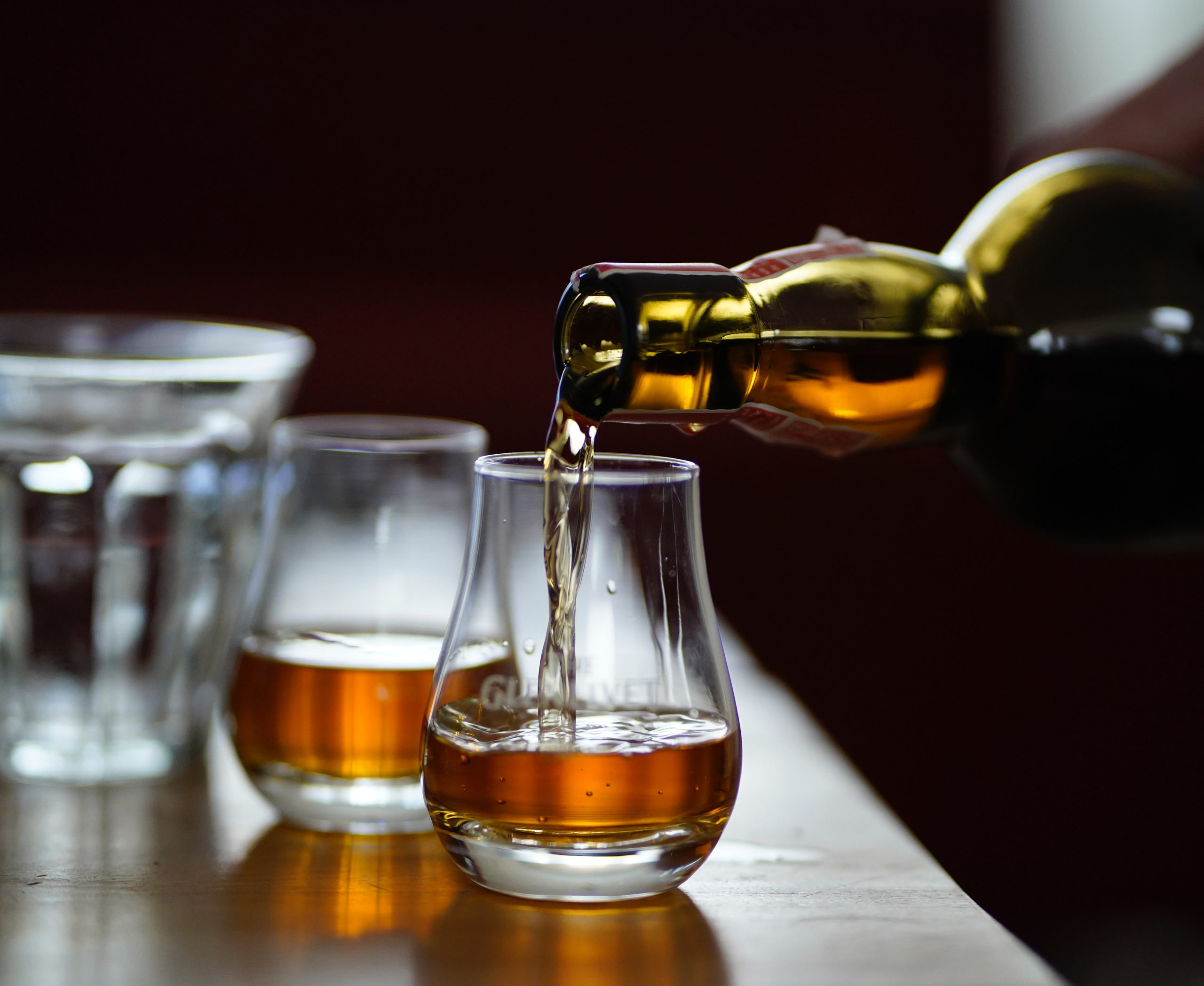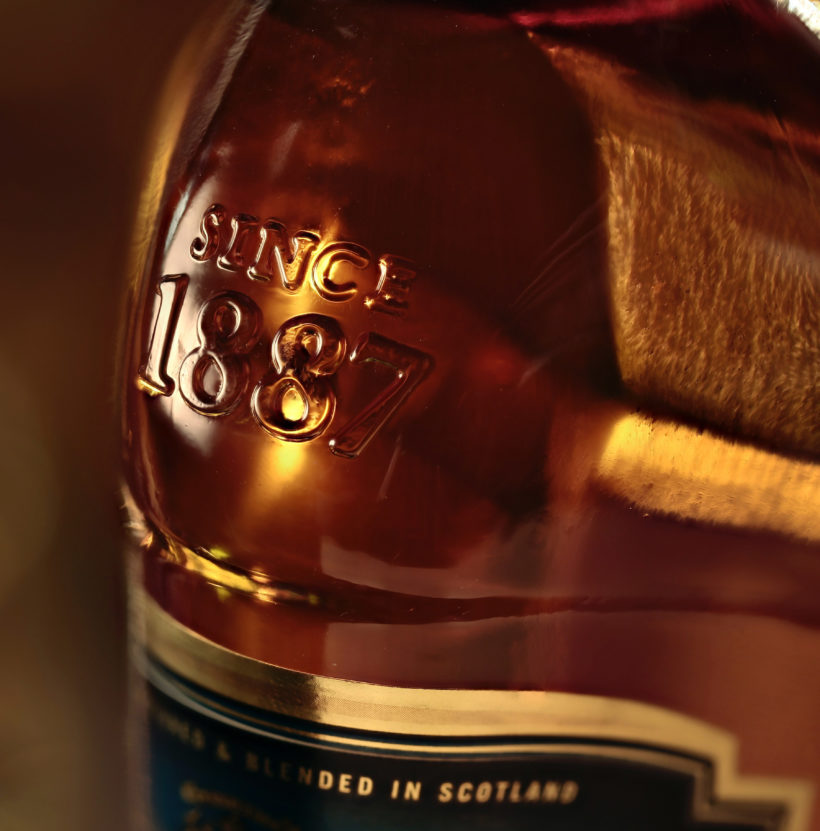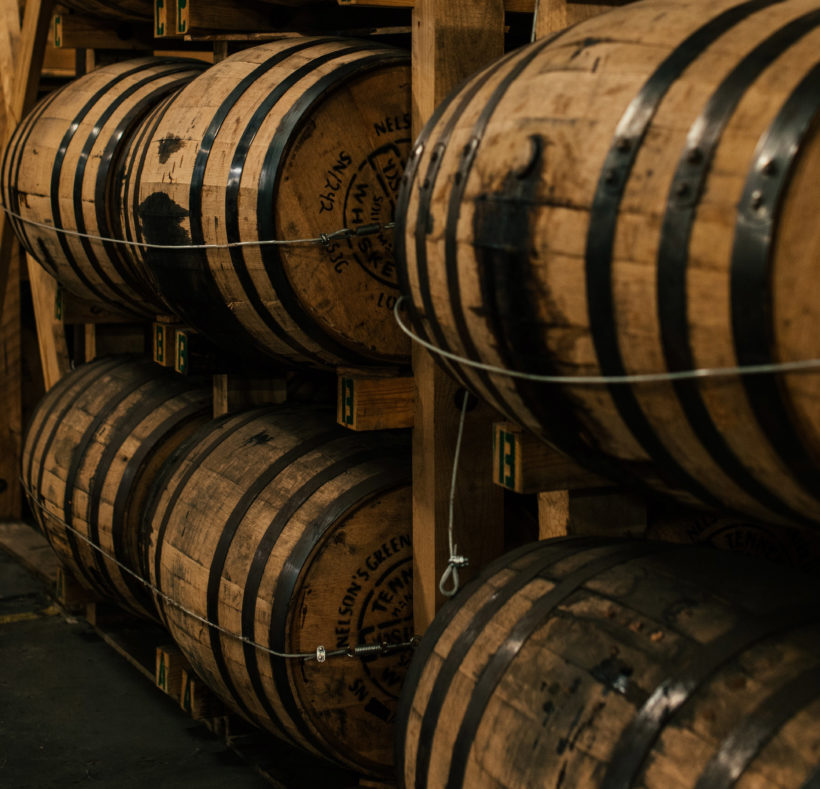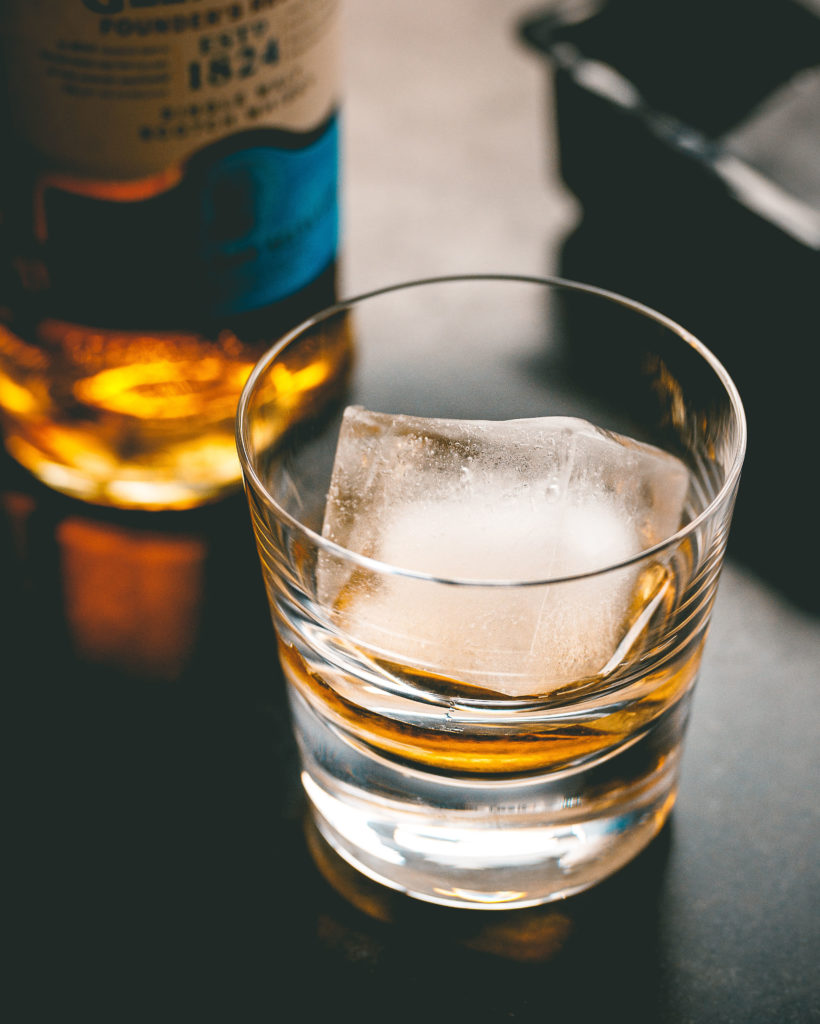What’s the difference, you ask? Allow us to explain.
 Order a scotch and water in any pub and you will more than likely receive a blended whisky. But the true connoisseur will ask for a single malt scotch, neat, or with a dram or two of water.
Order a scotch and water in any pub and you will more than likely receive a blended whisky. But the true connoisseur will ask for a single malt scotch, neat, or with a dram or two of water.
For most scotch drinkers, single malts are the superiors of all scotch whiskies.
A simple explanation for a complicated subject is that all scotches are whisky but not all whiskies are scotch. In short, scotch is a whisky that comes from Scotland.
Each region of Scotland produces its own scotch, and each scotch has its own distinctive flavor and character that is unique to that region.
Single malts are distilled from a mixture of water, yeast and peat-malted barley. A bottle of single malt scotch will always come from a single distillery.
Blended scotches combine a single malt with grain whiskies (barley, corn and malted barley). Most blended scotches come from various distilleries and contain about 35 to 50 percent single malt scotch.
 A single malt’s distinctive flavors and attributes basically come about from each distiller’s unique combination of barley, water and peat. Every distillery has its own water source and supply of barley. During the malting process, peat is added to the fire, which results in the smoky flavor.
A single malt’s distinctive flavors and attributes basically come about from each distiller’s unique combination of barley, water and peat. Every distillery has its own water source and supply of barley. During the malting process, peat is added to the fire, which results in the smoky flavor.
Water sources contain different amounts of peat, granite and heather, which helps give each single malt its own uniqueness and flavor.
There are five basic steps in the making of single malts: malting, mashing, fermentation, distillation and maturation. Rather than a discourse on how all this happens, let’s jump ahead to bottling.
At the end of the process, the distilled spirit is transferred into oak casks for proper maturation. The alcohol level at this point is about 120 proof (60 percent alcohol), but through the process of oxidation the alcohol content is considerably lowered. And, before bottling, most single malts are diluted with water to lower the alcohol content to an even more palatable level, which is usually at 86 proof (43 percent).
While some casks are bourbon-cured, some of the finest single malts come from sherry-cured casks. Matured scotch reaches its fullest potential in about 12 years.
There are four main regions of Scotland that produce single malts: the Highlands, Lowlands, Speyside and Islay-Campbeltown areas. Each region produces its own distinctive flavors and characteristics.
The Highland malts, such as Glenmorangie, Clynelish and Pulteney, have a richer, flowery scent and flavor compared to the Lowland malts. Glenmorangie is one of the more popular Highland malts produced today.
The fairer Lowland malts are considerably lighter in flavor and appearance and are generally used for blends. Some examples of these lighter scotches include Rosebank, Glenkinchie and Bladnoch.
 The smokiest, heaviest, full-bodied single malts, such as Bunnahubhain, Laphroig and Bowmore, hail from the Islay-Campbeltown region. Other than Laphroig, these malts are somewhat rare and are often difficult to find in the United States.
The smokiest, heaviest, full-bodied single malts, such as Bunnahubhain, Laphroig and Bowmore, hail from the Islay-Campbeltown region. Other than Laphroig, these malts are somewhat rare and are often difficult to find in the United States.
Finally, we have the Speyside malts, which were once considered part of the Highland malts. Many scotch connoisseurs consider these the aristocrats of single malts.
This region of Scotland produces some of the world’s finest scotch whisky. The most popular and well-known Speyside malts are Glenlivet, Glenfiddich and The Macallan.
The Macallan is aged in Oloroso sherry casks for 12, 18 or 25 years. It has a slight vanilla scent and leaves a pleasant aftertaste.
Paul James, owner of James Two Brothers Distillers in Ocala, makes a single malt, but he cannot, by law, call it scotch.
To legally call it scotch, it has to be distilled and bottled in Scotland.
“The real tell that exclusivity is the key ingredient comes out in the restriction of naming. That scotch is only from Scotland says it all,” James explains.
 Having worked in the hospitality industry for a number of years as a bartender, I believe that to truly appreciate a great single malt it should be savored in a snifter or similar type of glassware, preferably neat, or with just a dash of spring water, which helps bring out the bouquet. Before rolling the scotch around in your mouth, sniff the bouquet and take in all of its various scents, then sit back and enjoy.
Having worked in the hospitality industry for a number of years as a bartender, I believe that to truly appreciate a great single malt it should be savored in a snifter or similar type of glassware, preferably neat, or with just a dash of spring water, which helps bring out the bouquet. Before rolling the scotch around in your mouth, sniff the bouquet and take in all of its various scents, then sit back and enjoy.
“It is finally the taste and the aroma that determine what is good,” offers James. “And while dogmatic repetition and methodologies may yield consistent results, it is the care and the slight variations that occur in small batches of single malt that characterize the liberated and purely natural malted grain flavors.”
Savoring single malt scotch whisky can be a rich and rewarding experience—especially when shared with good food and good friends. As we approach the holidays, keep your favorite scotch drinker in mind and surprise him or her with a really great bottle. OS






